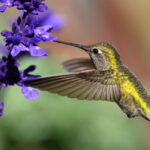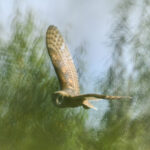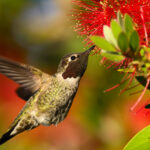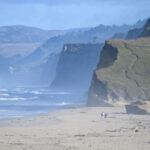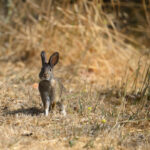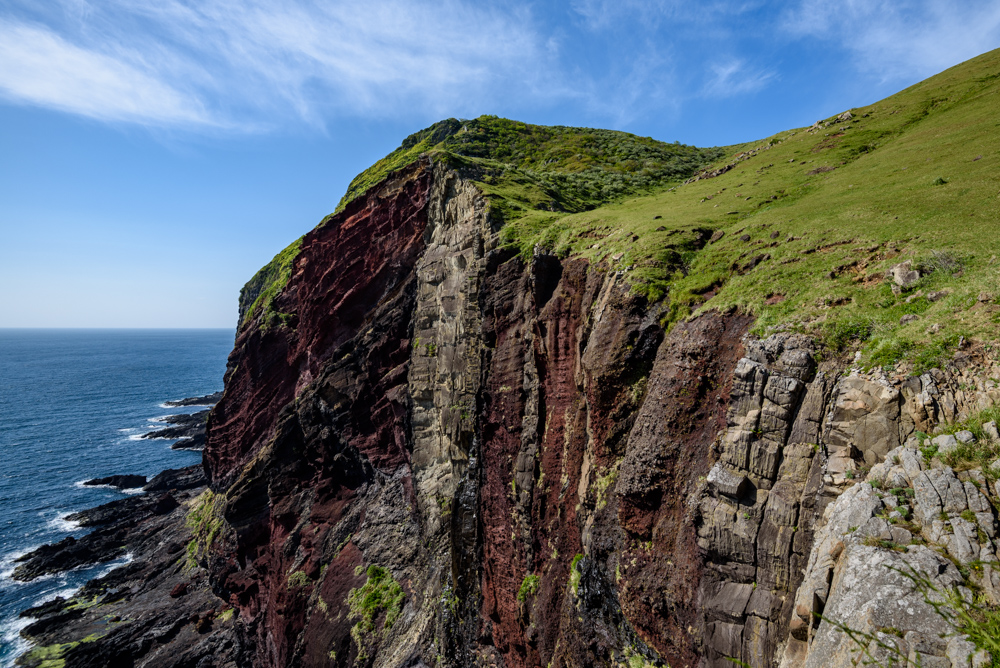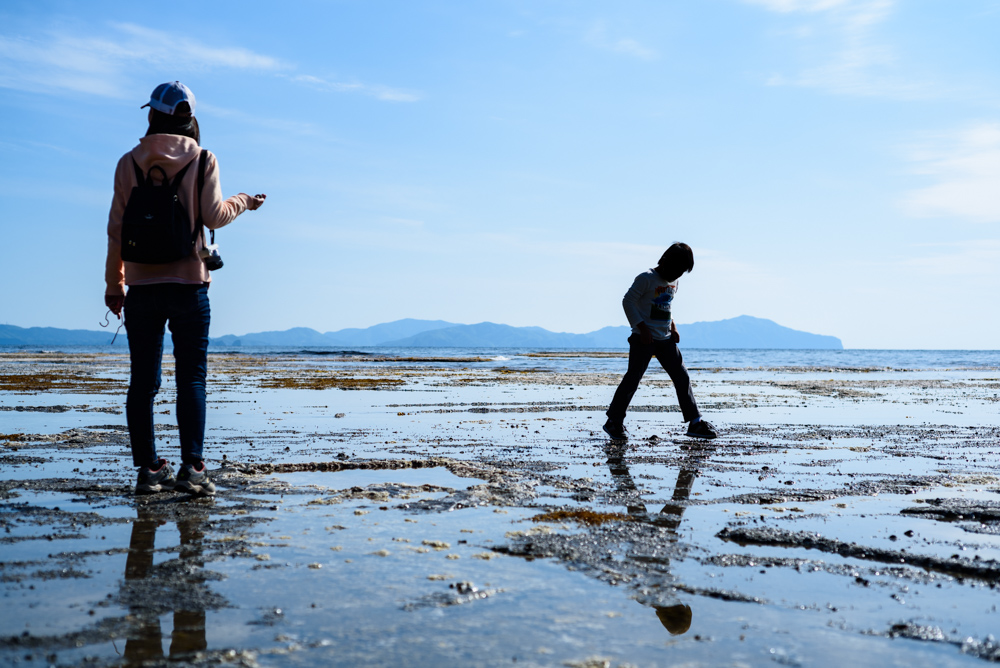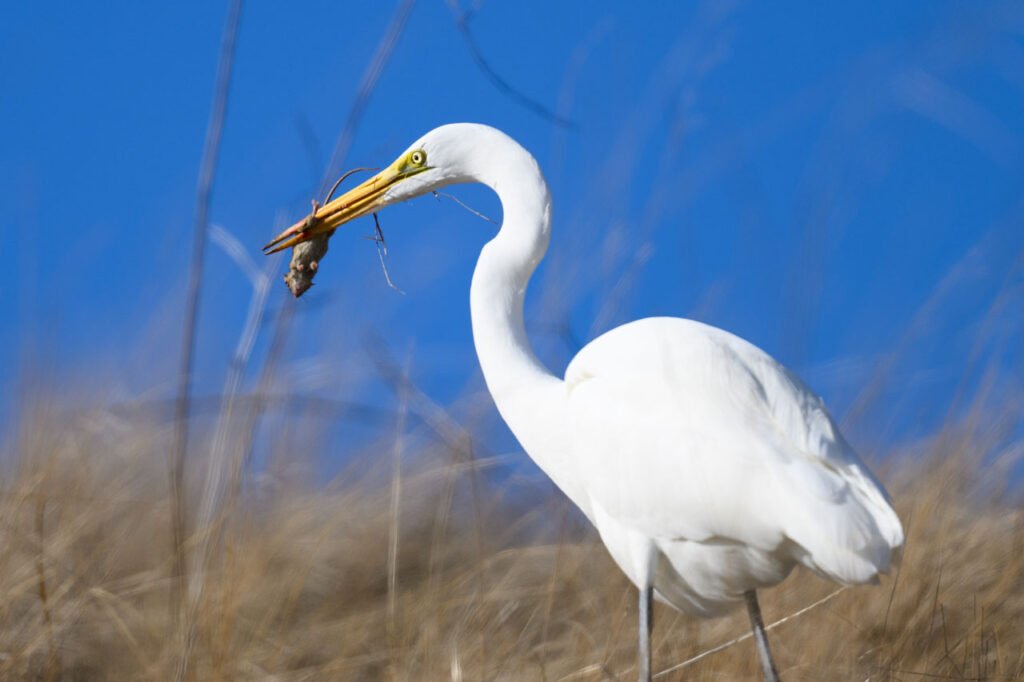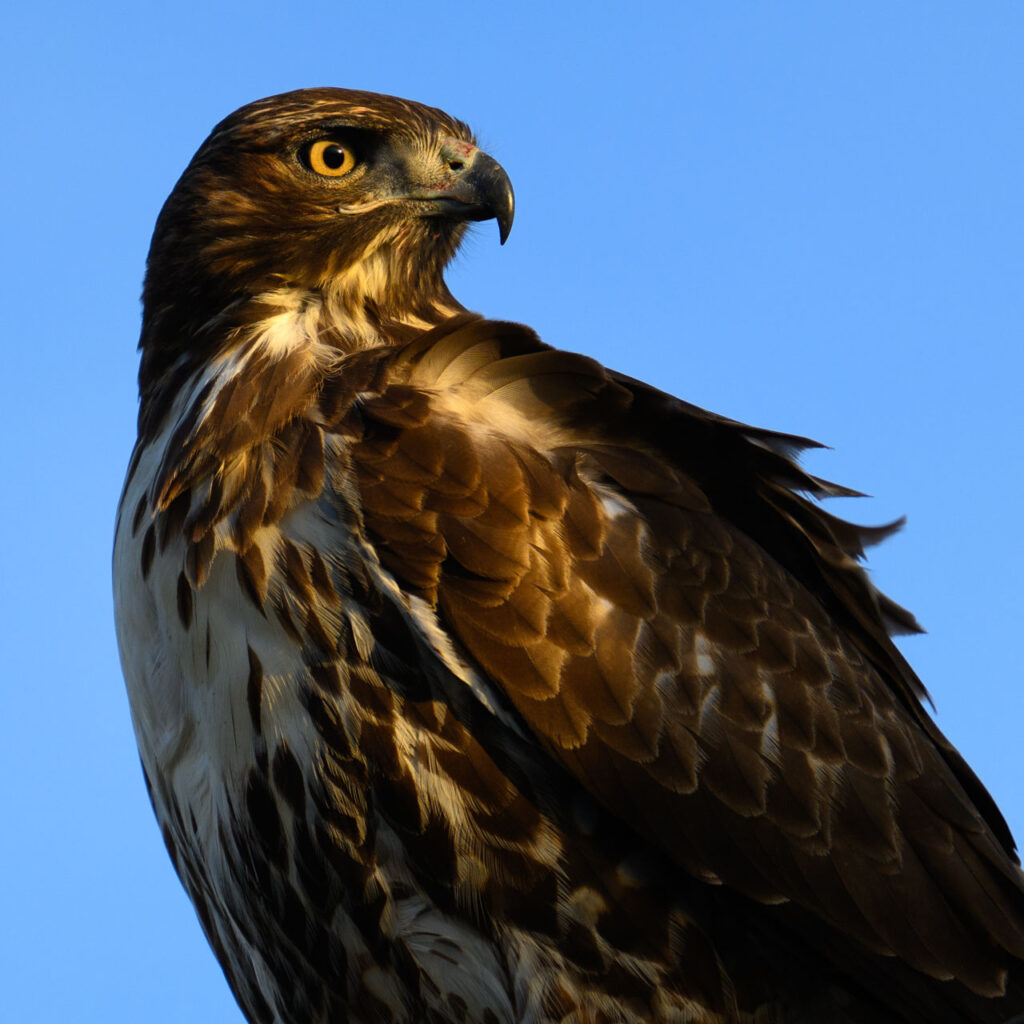
見島 その2 / Mishima Part 2
This is a birding report following the reference information on Mishima Island in Mishima Part 1.
I identified the birds by using illustrated books, internet, and Google lenses, so there may be some mistakes.
All photos were taken with the D500 + AF-S NIKKOR 500mm f/5.6E PF ED VR, using a 1.4x telecon (TC-14E III) as necessary. Most of the photos are cropped because there are many just for evidence.
From the ship on the way to the island, I saw a streaked shearwater.
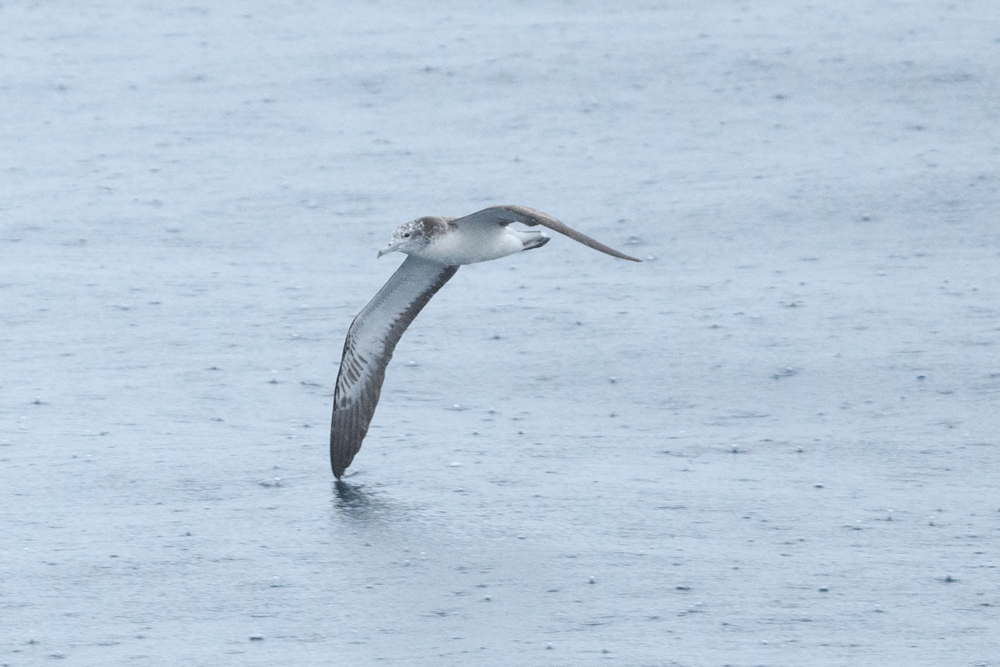
The scenery was almost unchanged, but for a moment, I felt something strange on the surface of the sea and hurried to take a picture. It was the first time I had seen a Japanese murrelet. With an estimated population of 5,000 to 10,000 birds, this was probably a rare encounter.
They spend most of their lives on the sea, except when breeding.
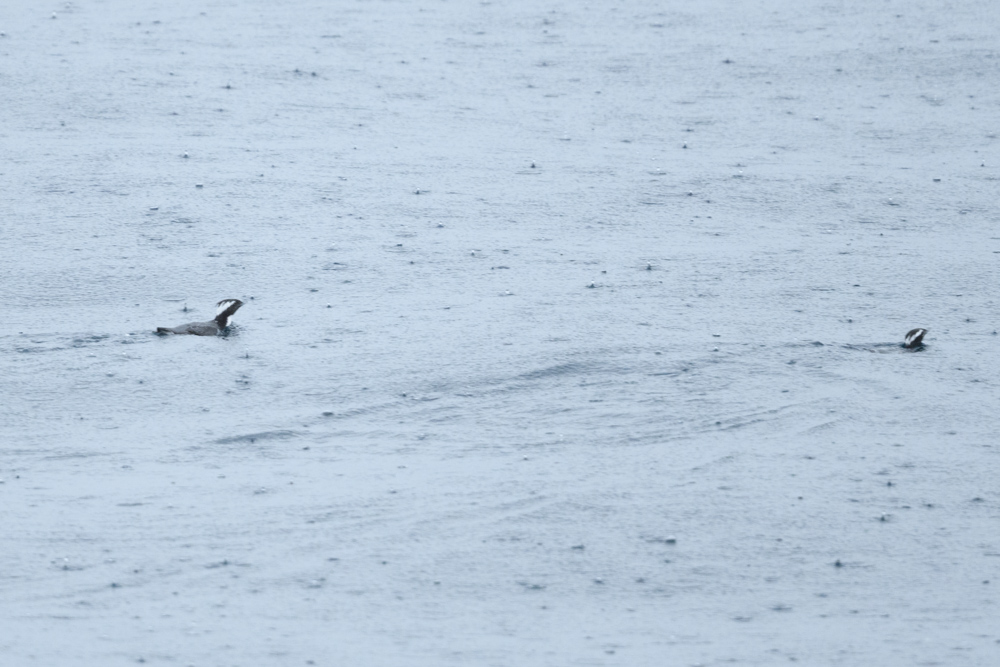
A greenshank in the rice paddies of Utsu. The bill is slightly upturned.
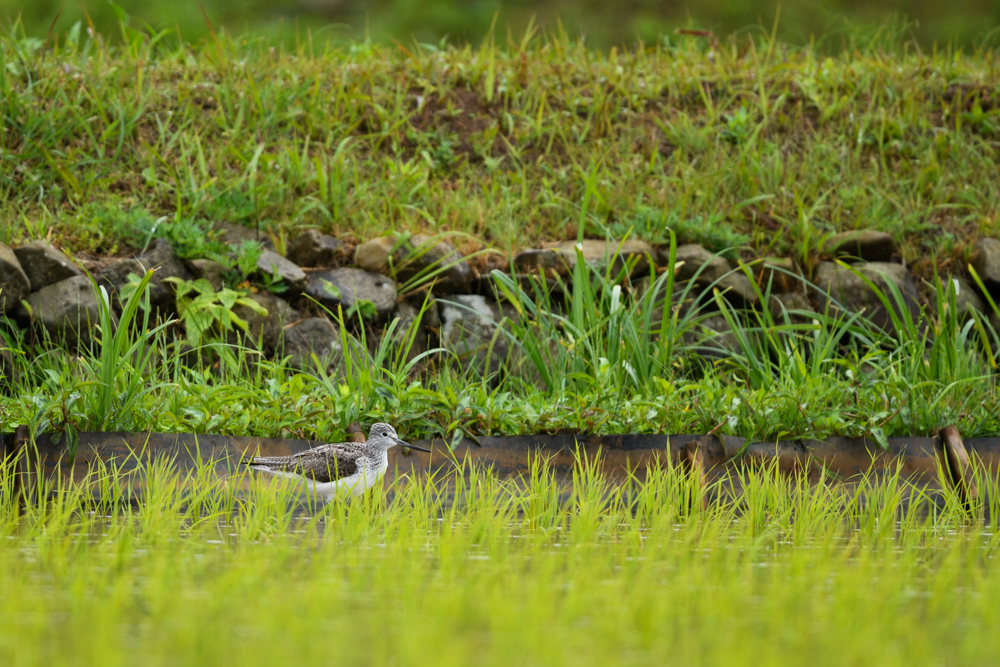
A female Siberian Stonechat. I think I see them often in Mishima.
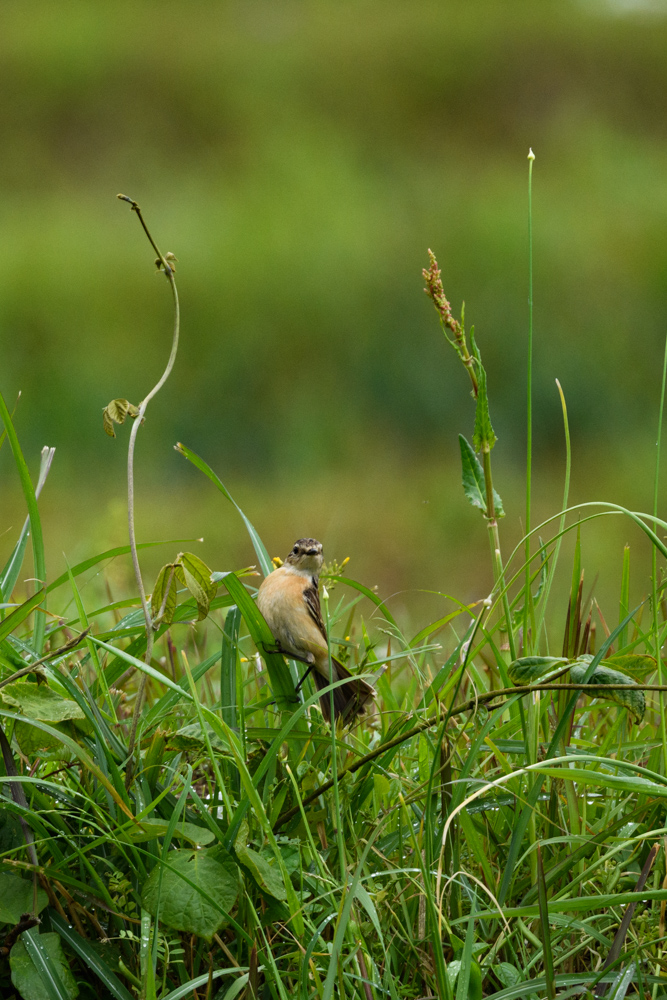
Yellow Bunting. This seems male because of the black lore.
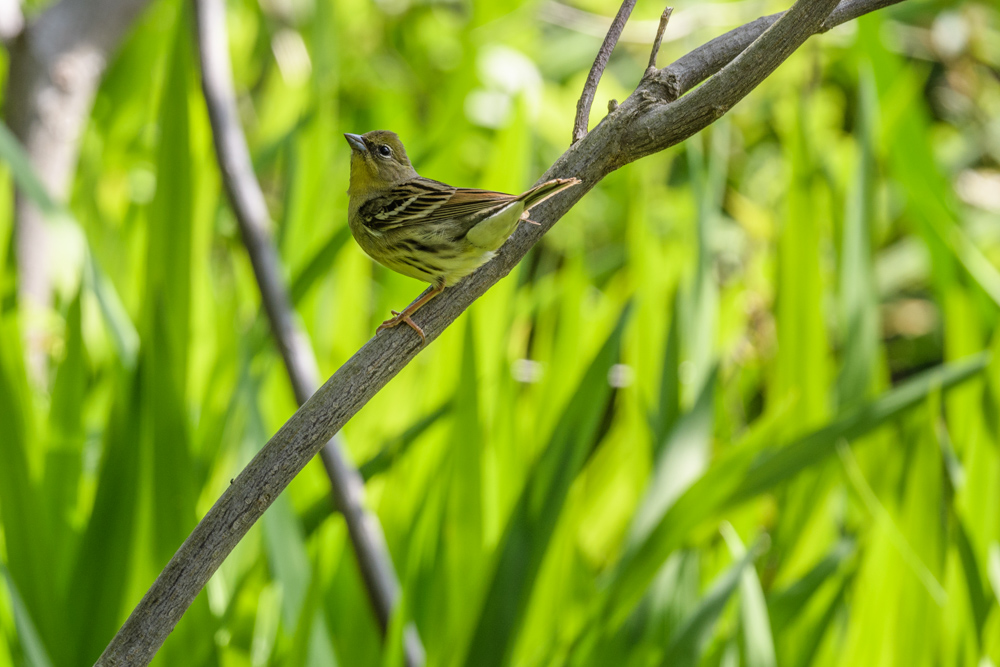
This one looks like a female.
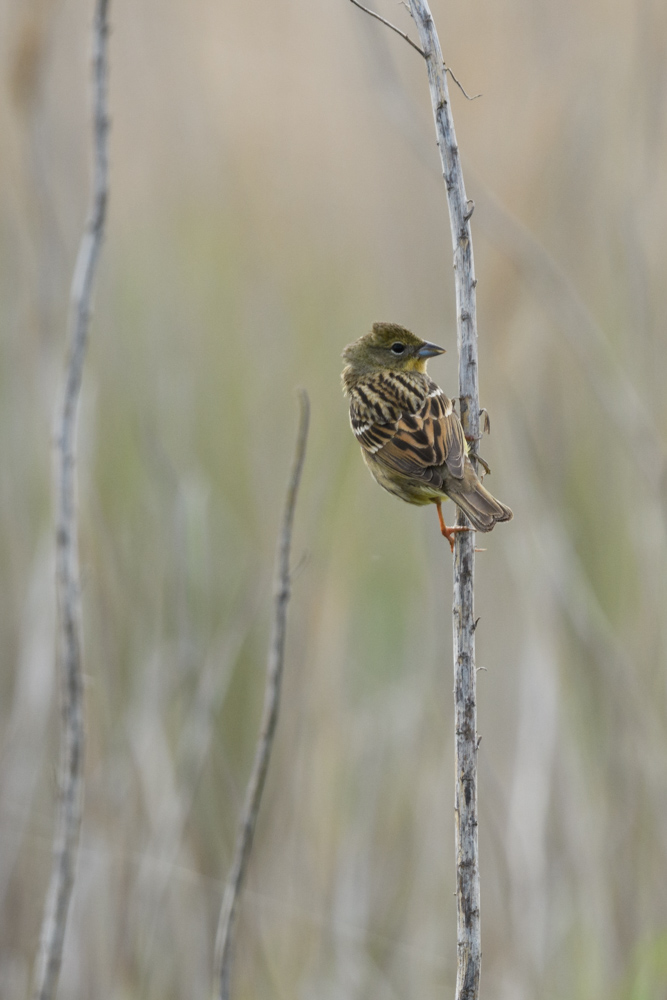
Ardea alba modesta, subspecies of great egret. The individual in the photo has deep corners of the mouth, blue lore, and black feet.
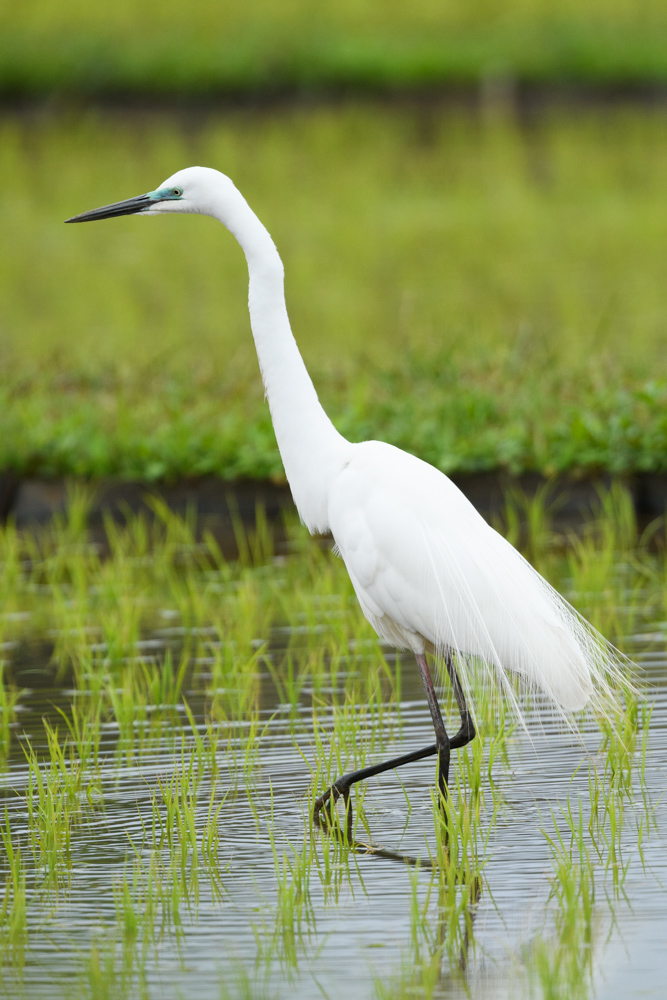
Some individuals had yellow lore and bills, and some had shallow corners of the mouth, but none of them had decorative breast feathers, and their slightly slender body shape led me to conclude that they were all A. a. modesta.
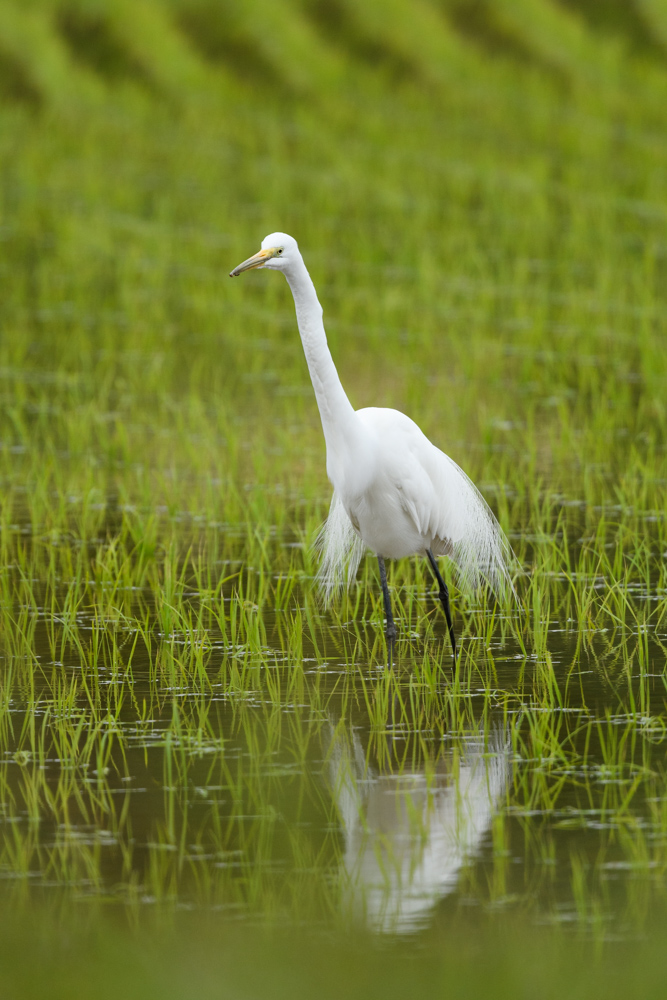
There were also many brown-headed thrushes.
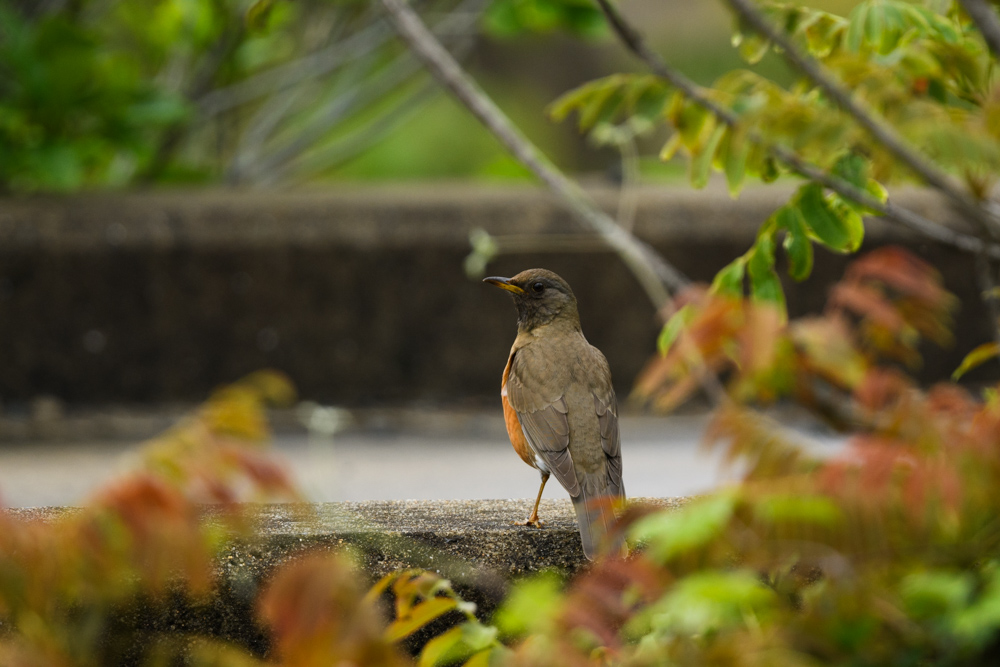
My first Japanese thrush. I only saw this one about twice during my stay.
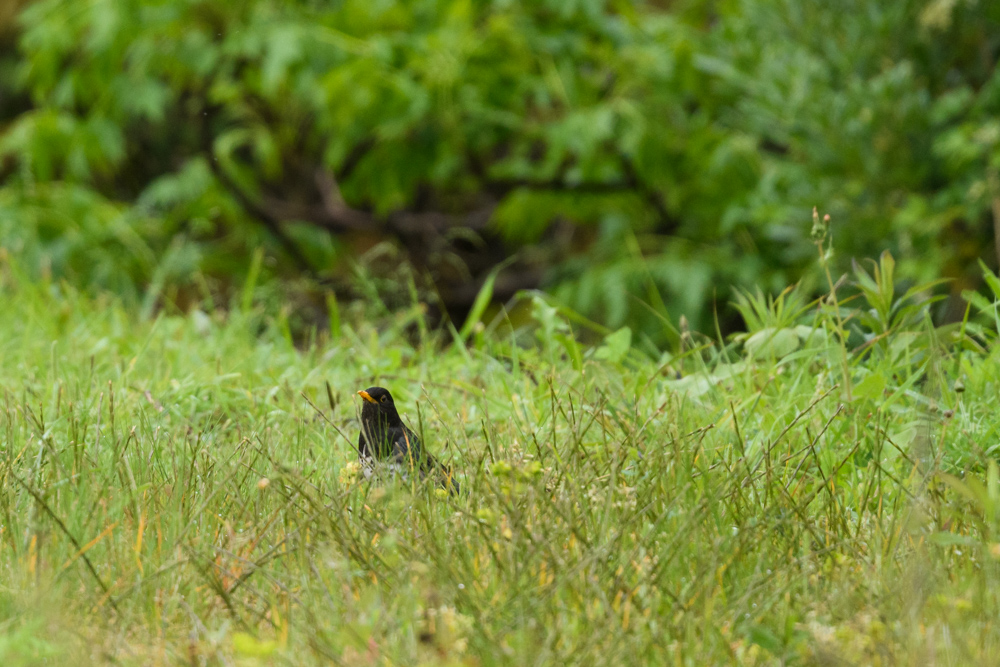
To be honest, I’m not sure about the identification of warblers, but I think this species is a eastern crowned leaf warbler.
I judged it from the fact that the lower bill is wide and yellow with no black parts, the undertail coverts is lemon-colored, and the mid-head line (confirmed in another cut). I referred to the website of the Chikuho Branch of the Wild Bird Society of Japan.
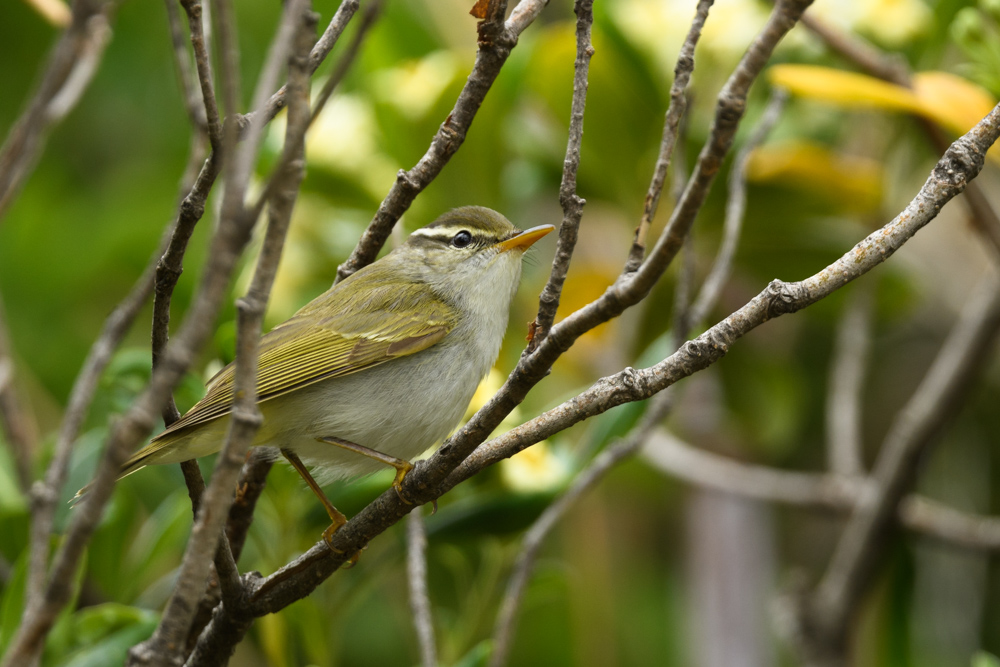
This one had a grayish tinge to its head, which was different from the brown of its back, so I decided it was an sakhalin leaf warbler. I also judged from its call note.
The balance of the heads of the two species is quite different when lined up in this way. The eastern crowned leaf warbler is smarter in shape than the sakhalin leaf warbler.
Since this is a remote island, it may be an even rarer species, but I don’t think I could distinguish it even if it appeared.
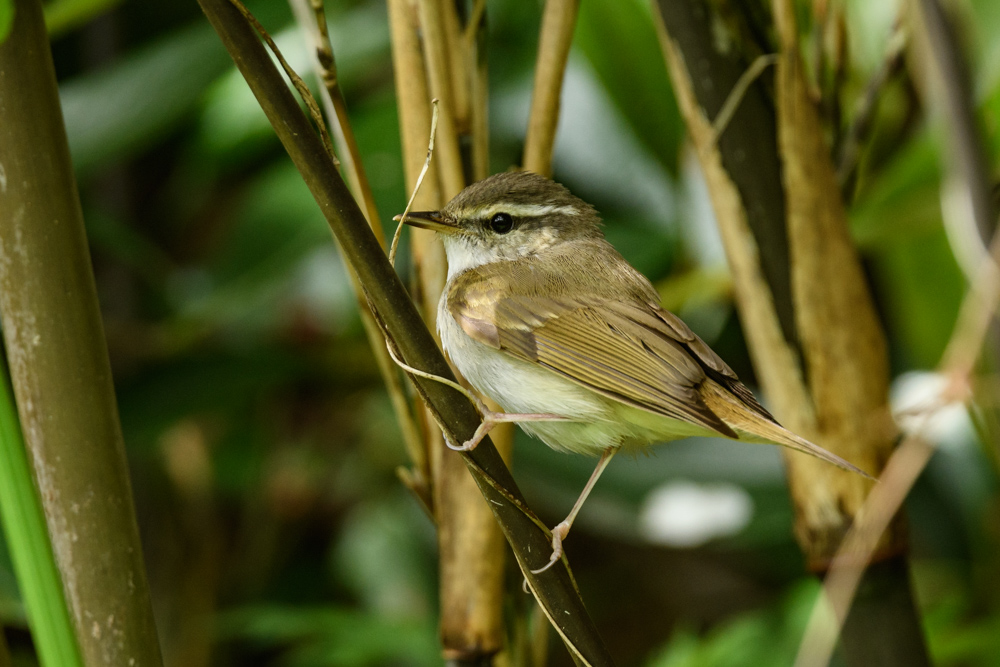
This time, I used the Google Lens smartphone app to identify a bird I had never seen before. It seems to be able to guess confusing species quite accurately. From the point of view of image recognition algorithms, it may be easy to distinguish patterns and colors that are easily confused by the human eye. It was also useful for identifying and narrowing down the list of sober colored females.
Continue to Mishima Part 3
